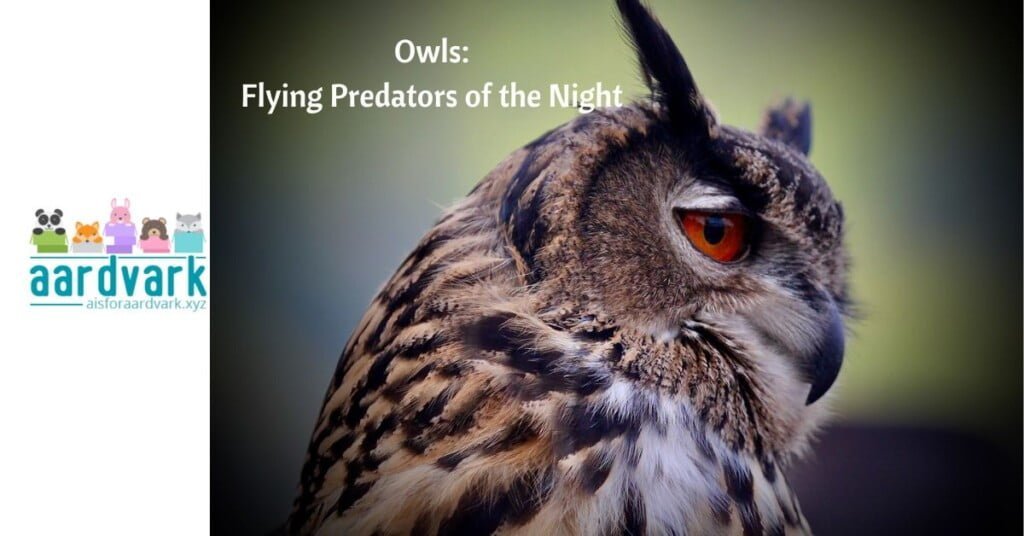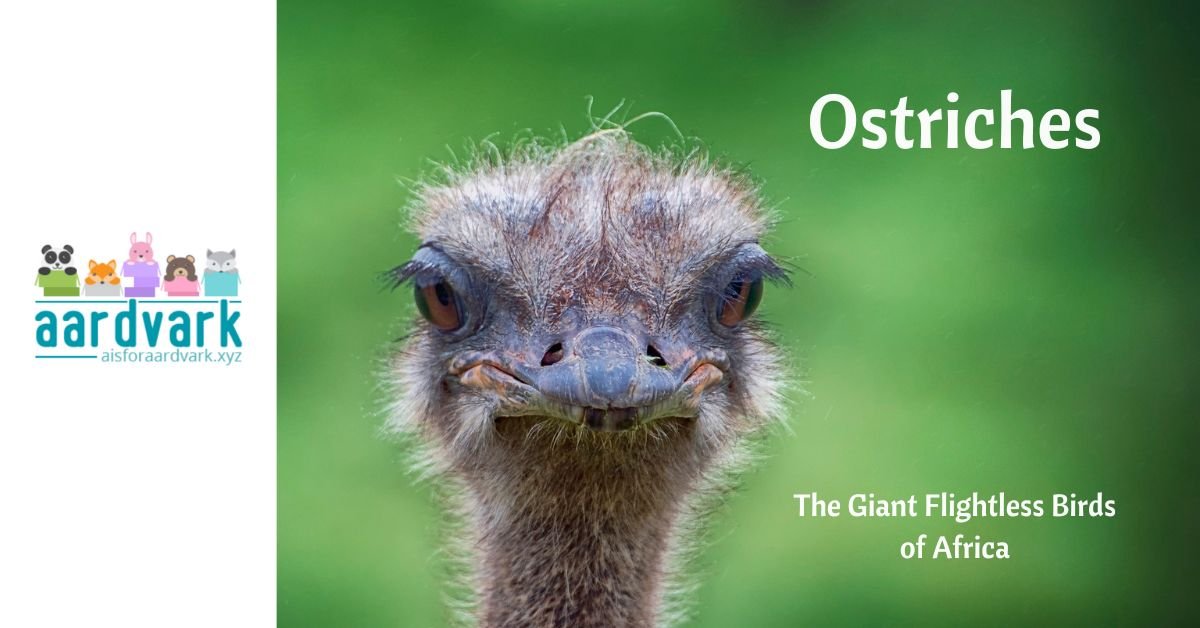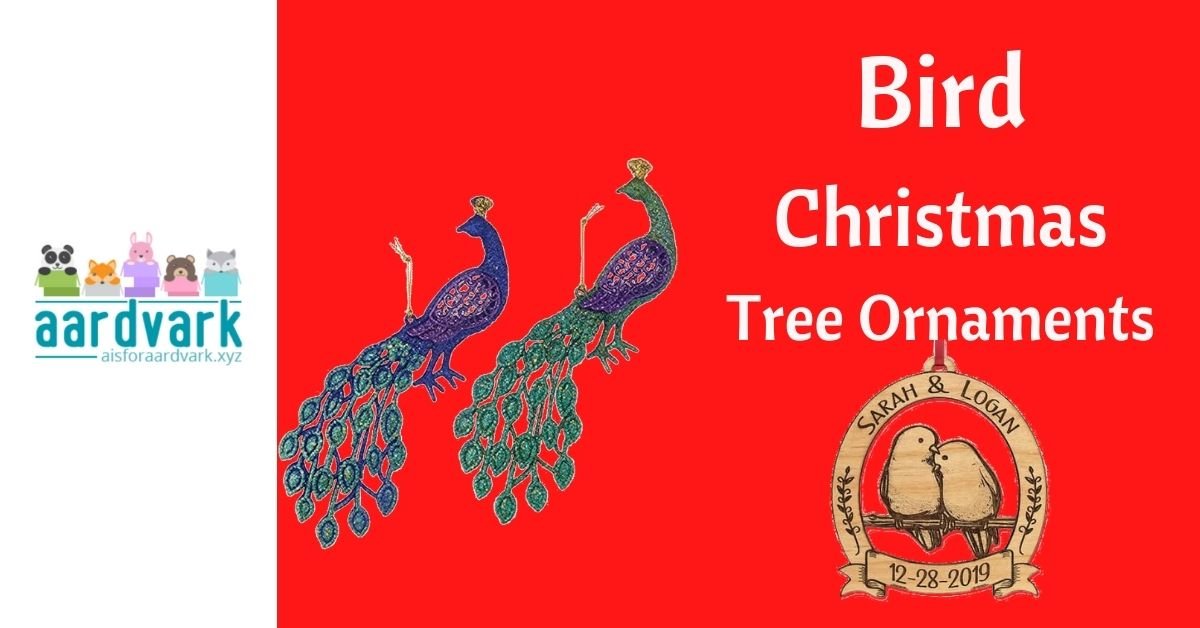The nocturnal owl captivates us with its silent flight and haunting calls. As members of the order Strigiformes, owls are divided into two main families: the true owls (Strigidae) and the barn owls (Tytonidae). But that’s just a small indicator of the remarkable diversity among species, with over 200 types of owls spread across every continent except Antarctica.
Taxonomy and Species Diversity
Owls, of course, are birds. They are known for their nocturnal predation and diverse adaptations to various environments.
The True owls boast the largest number of species, including the formidable snowy owl and the wise-looking great-horned owl. Barn owls, recognized by their heart-shaped faces, include species like the common barn owl, widespread across many parts of the world.
Physical Characteristics
Owls possess several unique physical traits that enhance their predatory prowess. Their forward-facing eyes provide binocular vision, giving them excellent depth perception for spotting prey at night. Unlike other birds, owls can rotate their heads up to 270 degrees, thanks to extra vertebrae in their necks. This and their virtually silent flight makes them deadly hunters. They can fly with hardly any noise because of their unique feather structure, which muffles sound.
Owls vary significantly in size across species, ranging from the diminutive elf owl, which stands about 5 inches tall and weighs around 1.4 ounces, to the imposing Blakiston’s fish owl, which can reach up to 28 inches in height and weigh over 10 pounds. The wingspan of these birds is equally variable; for instance, the large Blakiston’s fish owl can have a wingspan of up to 6 feet. Meanwhile, the common barn owl, known for its distinctive heart-shaped face, typically measures about 9 to 13 inches in height, weighs between 14 to 25 ounces, and has a wingspan ranging from 31 to 37 inches.
Habitat and Distribution
Adaptability is a hallmark of owl species, enabling them to thrive in diverse habitats, from the dense forests of the Amazon to the freezing tundras of the Arctic. Some species have adapted to urban environments, often seen perched atop buildings or nesting in nooks near human activity. Their global distribution underscores their ability to conquer various ecological niches, from hunting in open fields to stealthily flying through dense woods.
Diet and Hunting Techniques
Owls are formidable predators, primarily feeding on a diet that includes small mammals like mice, voles, rabbits, insects, birds, and even fish. Their hunting strategy is highly adapted to their nocturnal lifestyle. Owls can detect prey under the cover of darkness using their acute hearing and excellent night vision. They often hunt from a perch, swooping silently on their prey with deadly accuracy. The structure of their feathers allows for this near-silent flight, giving them a significant advantage over their prey.
Reproduction and Lifecycle
Owls typically mate for life, with pairs often returning to the same nesting site year after year. Nesting sites vary widely among species, from tree cavities and old raptor nests to human-made platforms. Depending on the species and environmental conditions, female owls lay anywhere from one to a dozen eggs. The eggs are then incubated for about a month. Owlets are born blind and featherless but grow rapidly, relying on both parents for food and protection. Fledging age varies, but most are ready to leave the nest within three months.
Owls and Ecosystems
Owls play a vital role in maintaining the balance of their ecosystems by controlling rodent and insect populations. This natural pest control helps to prevent overgrazing of vegetation and the spread of diseases, which can have significant economic impacts on human agricultural practices. Furthermore, the presence of owls is often an indicator of the overall health of an ecosystem, making them a critical species for conservation efforts.
Conservation Status
Despite their adaptability, many owl species face threats from habitat loss, climate change, and pollution. Deforestation and urbanization reduce their natural hunting grounds and nesting sites, pushing some species towards endangerment. Conservation efforts for owls often involve habitat preservation, legal protections, and breeding programs. Public education campaigns also play a crucial role in changing perceptions and actions that impact owls, particularly in areas where they are misunderstood and hunted.
Owls in Culture
Owls hold a mystical place in many cultures, symbolizing wisdom, mystery, and transition. In ancient Greek mythology, the owl was associated with Athena, the goddess of wisdom, and has been featured in literature and art throughout history. In Native American cultures, owls are often seen as messengers or bearers of ancestral knowledge. Today, owls continue to captivate the public imagination, appearing in everything from children’s books to decorative motifs, reflecting their enduring appeal and symbolic power.
Owls are fascinating birds due to their unique behaviors and abilities. They also play an indispensable role in maintaining ecological balance. Their presence in various habitats worldwide underscores the importance of environmental stewardship and wildlife conservation. As we advance our efforts to protect these incredible birds, we help preserve the natural world and maintain the cultural connections that enrich our understanding of nature and our place within it.







